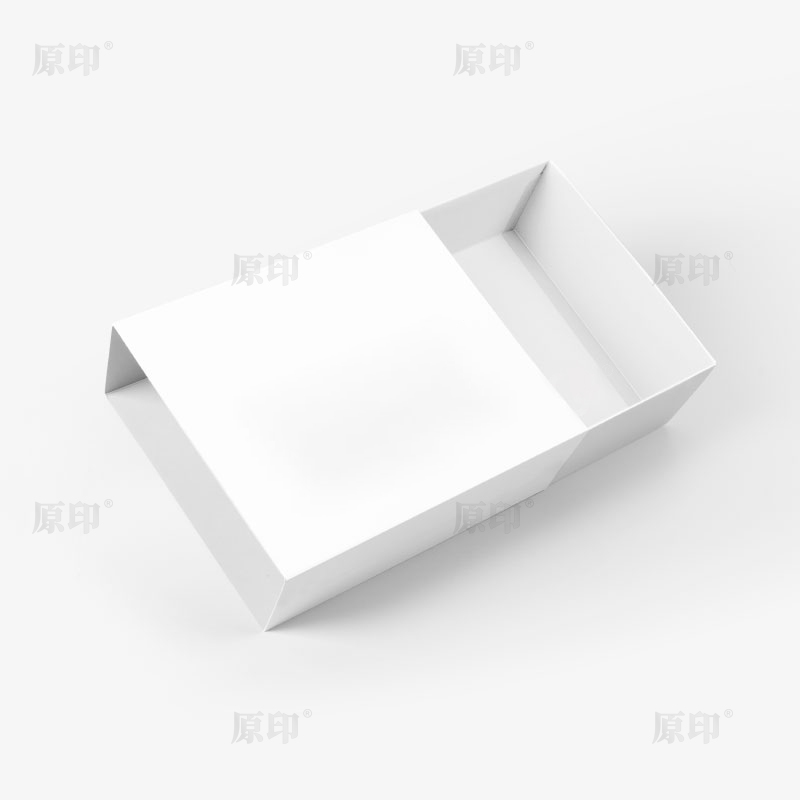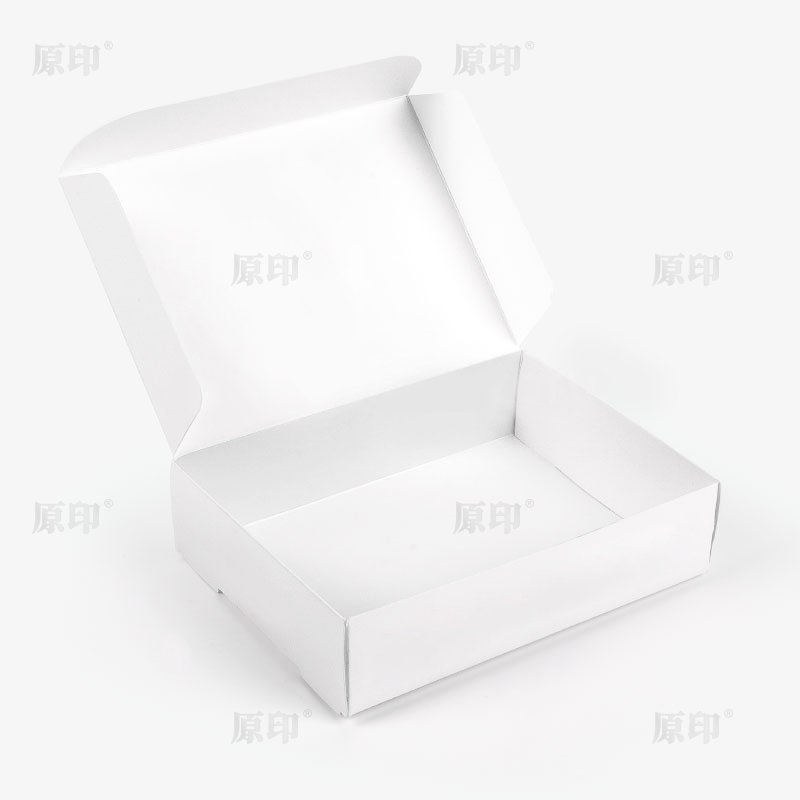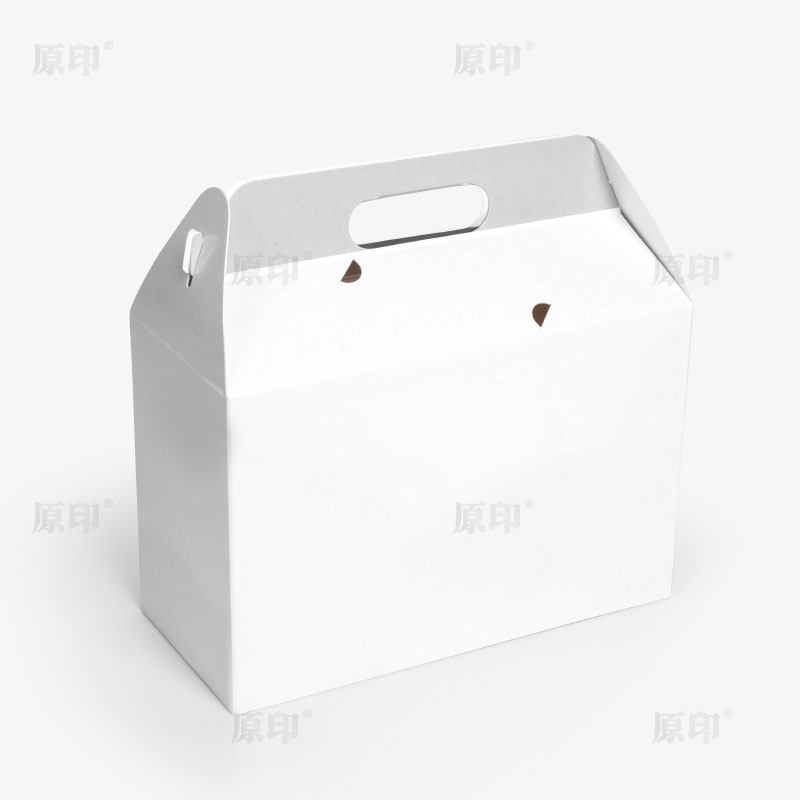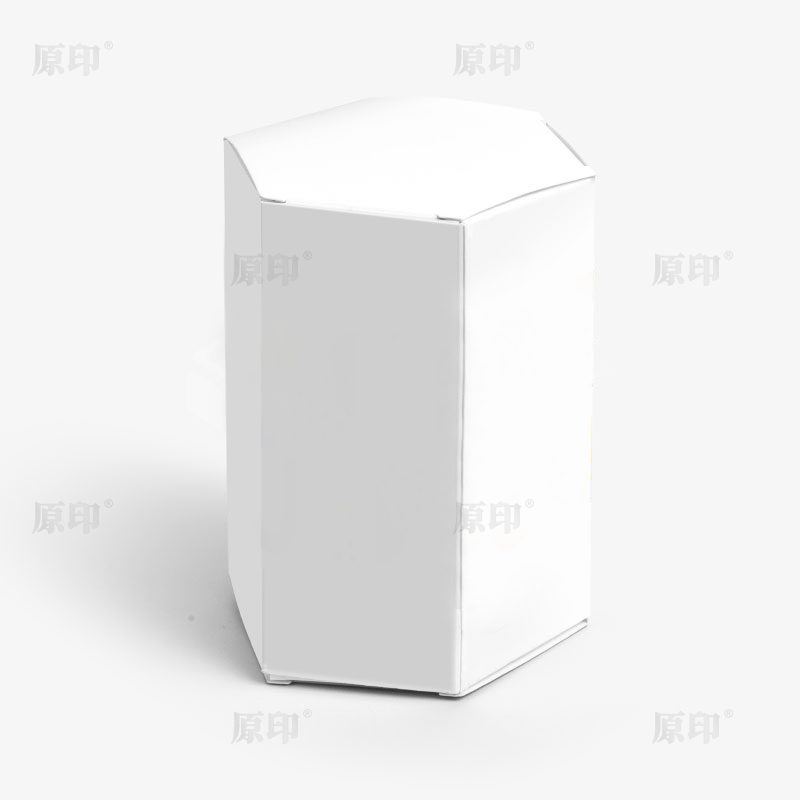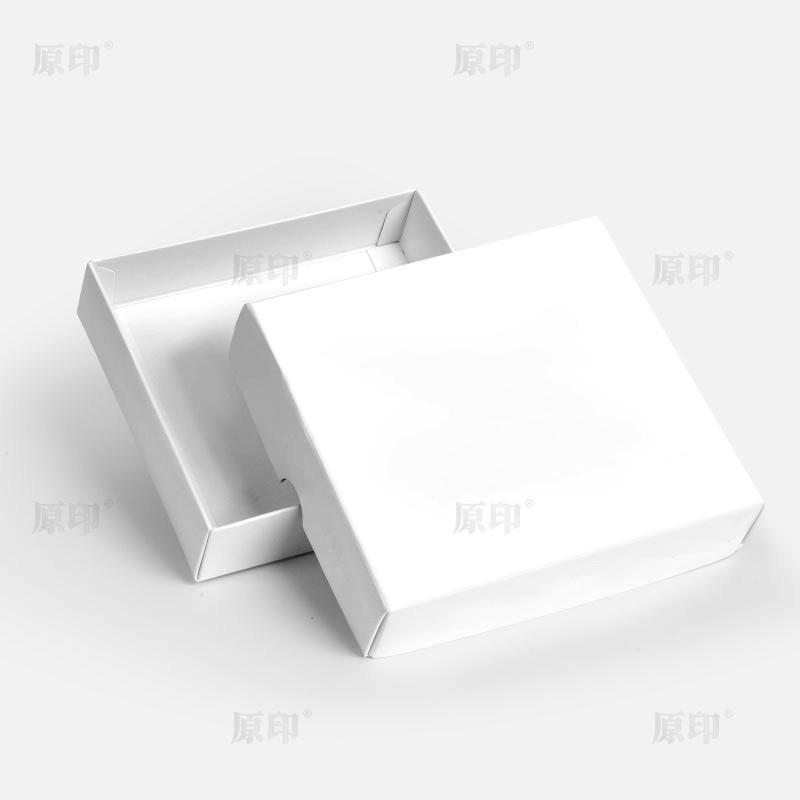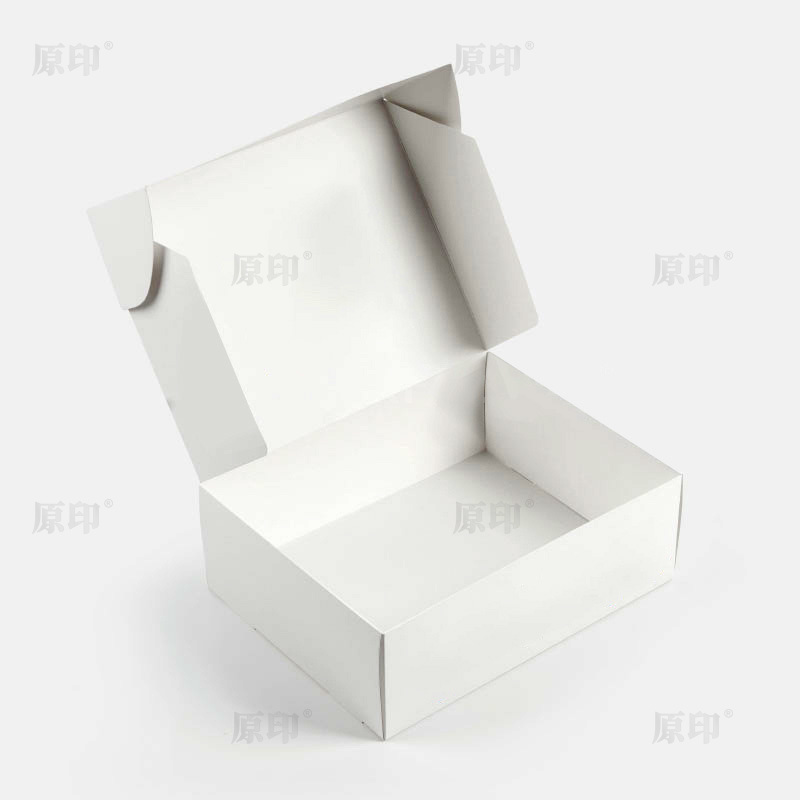What Are the Key Benefits of Printed Medicine Packaging for Pharmaceutical Companies?
Printed medicine packaging plays a crucial role in the pharmaceutical industry by offering a variety of benefits that go beyond simply protecting the product. The evolution of printed packaging has transformed from basic containment to a strategic tool used for marketing, brand differentiation, compliance, patient safety, and anti-counterfeiting efforts. As pharmaceutical companies face growing competition and increasing regulatory pressures, the role of printed medicine packaging has become even more pivotal.
In this article, we will explore the key benefits of printed medicine packaging for pharmaceutical companies, highlighting how this aspect of the packaging industry can offer both functional and strategic advantages.
1. Branding and Marketing Advantages
1.1 Brand Recognition
One of the most significant benefits of printed medicine packaging is its ability to enhance brand visibility. With the global pharmaceutical market becoming increasingly competitive, companies need to differentiate themselves. Printed packaging allows pharmaceutical companies to incorporate their logos, taglines, brand colors, and other marketing elements directly onto the packaging. This visual identity helps build brand recognition, making it easier for patients and healthcare professionals to identify and trust a particular brand.
For pharmaceutical companies, the packaging is often the first point of contact with consumers. A well-designed, eye-catching print can set a product apart from competitors on crowded pharmacy shelves. As a result, printed medicine packaging can serve as an effective marketing tool in a highly regulated and competitive space.
1.2 Consumer Engagement
With the increasing importance of consumer engagement, pharmaceutical companies use printed packaging to provide more than just product information. Packaging offers an opportunity to engage directly with patients, caregivers, and healthcare professionals. This engagement can take many forms, such as:
- QR Codes: Enabling consumers to access additional product details, usage instructions, or even video tutorials.
- Product Instructions: Offering clear, concise, and visually appealing guidelines on how to take the medication, increasing patient adherence.
- Promotions and Offers: Highlighting special offers or providing loyalty program details on the packaging.
These interactive features not only provide added value to the customer but also strengthen brand loyalty and improve customer satisfaction.

2. Regulatory Compliance
2.1 Meeting Legal and Regulatory Requirements
The pharmaceutical industry is heavily regulated by governmental authorities such as the FDA (U.S. Food and Drug Administration), EMA (European Medicines Agency), and other national regulatory bodies. These organizations require pharmaceutical companies to include certain critical information on the packaging, including:
- Drug Information: Product name, dosage, ingredients, and usage instructions.
- Warnings and Side Effects: Precautions regarding possible drug interactions or side effects.
- Batch Numbers and Expiration Dates: To ensure traceability and safety in case of recalls.
Printed medicine packaging allows companies to meet these stringent regulatory requirements. Printing this information clearly and accurately on the packaging reduces the risk of legal issues and ensures compliance with local and international standards.
2.2 Standardization and Serialization
In addition to regulatory requirements, serialization has become a crucial part of the pharmaceutical industry, especially with the rise of counterfeit drugs. Serialization refers to assigning a unique serial number to each medicine package, which can be tracked through the entire supply chain. This is part of broader efforts to ensure the authenticity of drugs and reduce the impact of counterfeit medications.
Printed medicine packaging enables pharmaceutical companies to implement serialization by incorporating unique identifiers, barcodes, and RFID tags directly on the packaging. This makes it easier for companies to track their products and prevent illegal trading or counterfeit production.
3. Patient Safety and Medication Adherence
3.1 Clear Instructions and Warnings
Printed medicine packaging plays an essential role in ensuring patient safety. It provides an opportunity to include detailed instructions on how the medication should be taken, the appropriate dosage, and any warnings about potential side effects or interactions with other medications.
For example, clear, legible dosage instructions and administration guidelines printed on the packaging can help patients understand how to take their medicine correctly, reducing the likelihood of medication errors. By improving the understanding of how to properly use the product, pharmaceutical companies can improve patient adherence and health outcomes.
3.2 Child-Resistant and Tamper-Evident Packaging
In addition to basic information, many printed medicine packages are designed with features that enhance safety. These include child-resistant closures and tamper-evident seals, which are crucial for protecting both children and adults from accidental poisonings or the use of tampered drugs.
Printed packaging can also be designed to feature prominent warnings about the risks of overdose or improper use. This proactive approach to patient safety helps pharmaceutical companies align with best practices and industry standards for safe drug distribution.
4. Anti-Counterfeiting and Security Features
4.1 Combating Counterfeit Medicines
The global rise in counterfeit medicines has posed a significant threat to public health, with the World Health Organization (WHO) estimating that up to 10% of all medicines in low- and middle-income countries are counterfeit. This issue not only affects the health of patients but also damages the reputation of pharmaceutical companies.
Printed medicine packaging offers a variety of anti-counterfeiting features, such as:
- Holograms: Visible only under specific light conditions, these are difficult to replicate.
- Invisible Ink: Security features that are invisible to the naked eye but can be detected with special tools.
- QR Codes and Barcodes: These codes, when scanned, can confirm the authenticity of the product.
By integrating such security measures into printed packaging, pharmaceutical companies can protect their brand reputation, ensure that patients receive authentic medications, and prevent the distribution of counterfeit drugs in the market.
4.2 Smart Packaging Solutions
The rise of smart packaging is another way that printed medicine packaging contributes to security and patient safety. For example, RFID tags or embedded sensors in packaging can help track the location and condition of the product throughout the supply chain. This level of tracking and monitoring helps prevent the diversion of drugs, ensuring they reach the correct distribution channels.
5. Sustainability Considerations
5.1 Eco-Friendly Packaging Solutions
As the pharmaceutical industry becomes increasingly focused on sustainability, printed medicine packaging can also serve as a tool for reducing environmental impact. Many pharmaceutical companies are moving toward eco-friendly packaging solutions by using:
- Recyclable Materials: Packaging made from materials that can be recycled or repurposed.
- Soy-Based Inks: Using sustainable inks for printing, reducing the environmental impact associated with traditional petroleum-based inks.
- Minimal Packaging: Reducing the amount of packaging material used, in line with global sustainability goals.
Sustainably designed printed medicine packaging not only helps the environment but also enhances a pharmaceutical company’s corporate social responsibility (CSR) profile.
6. Cost-Effectiveness and Efficiency
6.1 Economical Production and Distribution
Printed medicine packaging allows pharmaceutical companies to combine branding and regulatory compliance into one efficient and cost-effective solution. Unlike other methods of product identification and branding, such as stickers or labels, direct printing on packaging materials can often be more economical in terms of production costs, especially for high-volume manufacturing.
By utilizing printed packaging that incorporates both branding and required information, pharmaceutical companies can streamline their supply chain, reduce packaging waste, and minimize additional processing costs.
Conclusion
Printed medicine packaging offers a multitude of benefits for pharmaceutical companies. From enhancing brand recognition and patient safety to ensuring regulatory compliance and preventing counterfeiting, printed packaging serves as both a marketing tool and a security measure. In an increasingly competitive and regulated market, leveraging the advantages of printed medicine packaging allows pharmaceutical companies to improve patient adherence, protect their products, and align with sustainability goals—all while maintaining cost-efficiency.
As the pharmaceutical industry continues to evolve, printed medicine packaging will remain a critical component of effective drug delivery systems and an indispensable part of the modern pharmaceutical supply chain.

